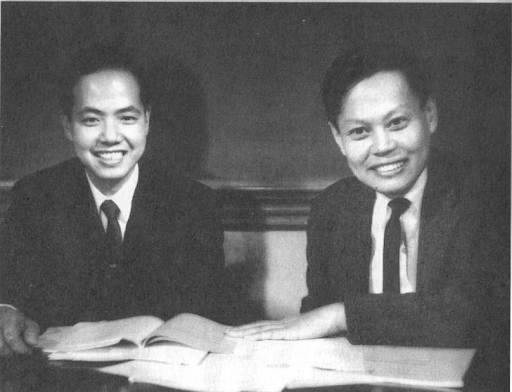"Informed AI News" is an publications aggregation platform, ensuring you only gain the most valuable information, to eliminate information asymmetry and break through the limits of information cocoons. Find out more >>
Lee Tsung-dao's Passing: Academic and Educational Contributions of a Nobel Laureate in Physics
- summary
- score

Tsung-Dao Lee, a Nobel Laureate in Physics, lived to the age of 98. He and Yang Zhenning jointly proposed the theory of parity non-conservation, challenging the scientific community's understanding. Born into a scholarly family, Lee faced hardships in his early education. Under the guidance of Shu Xingbei and Wu Dacheng, he went to the United States for further studies. At the University of Chicago, he became a doctoral student of Fermi and, in collaboration with Yang Zhenning, published several significant papers. In 1957, they won the Nobel Prize for their theory of parity non-conservation, when Lee was 31 years old.
Despite the end of his collaboration with Yang Zhenning due to ranking disputes, Lee made immense contributions in academia and education. He promoted the establishment of the Gifted Youngsters class at the University of Science and Technology of China, proposed the creation of a postdoctoral system, and chaired the China-U.S. Joint Physics Examination and Application Program (CUSPEA), injecting vitality into domestic academic research. In his later years, he remained active in the academic frontline and donated his life's collection to Shanghai Jiao Tong University.
Tsung-Dao Lee's life is a brilliant chapter in physics and education. His achievements, though summarized in just a few words, reflect his over sixty years of unremitting pursuit.
| Scores | Value | Explanation |
|---|---|---|
| Objectivity | 7 | 内容客观,全面报道,深入分析。 |
| Social Impact | 5 | 内容引发广泛社会讨论,影响公众意见。 |
| Credibility | 6 | 内容不仅可信,还经独立验证,多源确��认。 |
| Potential | 4 | 内容具有高潜力,关键因素对齐时可触发。 |
| Practicality | 5 | 内容极其实用,广泛应用于实践,效果良好。 |
| Entertainment Value | 3 | 内容有一定娱乐价值,吸引部分观众。 |